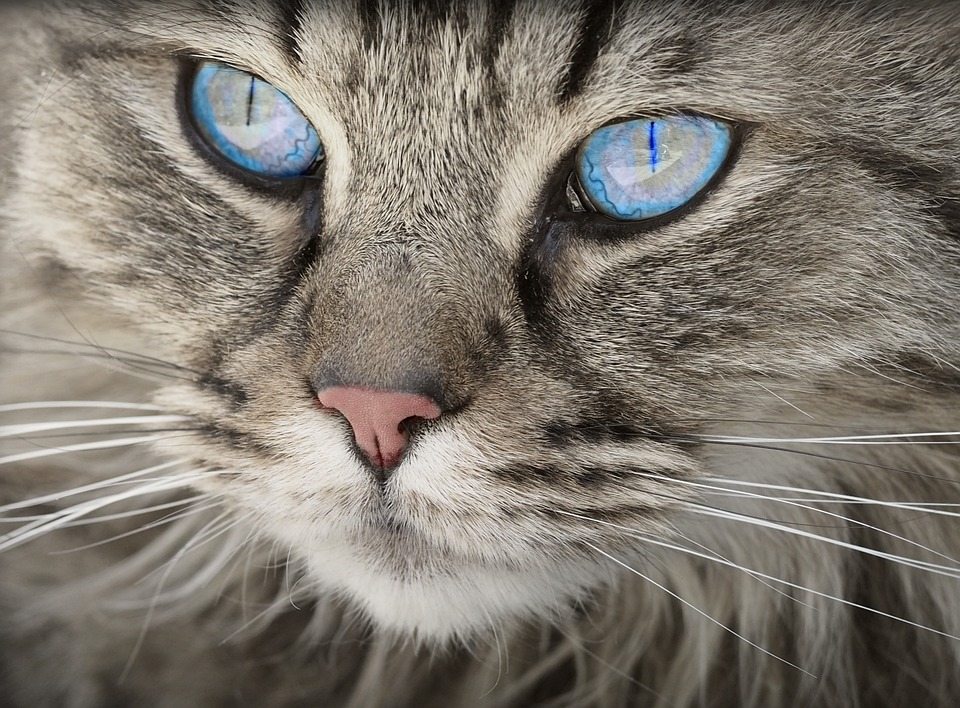Territorial behavior is a common instinct observed in many animal species, including cats. This innate behavior serves various purposes, such as establishing and defending their territory, finding mates, and ensuring the availability of resources. In this article, we will delve into the fascinating world of territorial behavior in cats, exploring its causes, manifestations, and ways to manage it effectively.
Territorial behavior refers to the instinctual tendency of animals, including cats, to claim and defend a specific area for themselves. This area, known as their territory, serves as a crucial resource base, providing them with food, shelter, and potential mates. Understanding the underlying reasons behind territorial behavior can help us comprehend our feline companions better. The primary motivations behind territoriality in cats include resource protection and reproductive advantages.
Cats mark their territories with scent markings, such as urine, to communicate ownership and warn potential intruders. By defending their territories, cats ensure the availability of resources like food, water, and shelter. Territorial behavior also plays a vital role in the mating strategies of cats. Male cats, for instance, mark their territories to attract females and deter rival males. Females, on the other hand, establish territory boundaries to protect their kittens.
One of the most common manifestations of territorial behavior in cats is scent marking. Cats have scent glands in various parts of their bodies, and they use these glands to leave their scent on objects, vertical surfaces, or even other animals. When another cat or animal encroaches upon a cat’s territory, aggression is often the immediate response. This aggression can range from hissing and growling to physical attacks, as cats instinctively defend their claimed space. Cats also employ vocalizations, such as yowling or hissing, and body language, including arched backs and raised fur, to communicate territorial boundaries and display dominance.
To manage territorial behavior in cats, several strategies can be employed. Neutering or spaying is one effective method as it reduces their hormonal drive, thereby decreasing the intensity of territorial behavior. Providing a stimulating and enriching environment for your cat can also help redirect their territorial instincts. This includes offering scratching posts, interactive toys, and vertical spaces for climbing, allowing them to channel their energy and focus away from territorial disputes. Additionally, cleaning previously marked areas with enzymatic cleaners and using synthetic pheromone sprays or diffusers can help discourage territorial marking and create a sense of security.
Territorial behavior is observed in various animal species, including dogs, birds, and even some insects. However, the manifestations and motivations behind territoriality may differ. Kittens may begin displaying territorial behavior as early as 4 to 6 months of age, as they reach sexual maturity. However, the intensity and extent of territorial behavior often increase as they mature. While it may not be possible to completely eliminate territorial behavior, it can be managed effectively through various strategies, including environmental enrichment, neutering/spaying, and scent manipulation. Normal territorial behavior involves scent marking, vocalizations, and body language to communicate and establish boundaries, while aggressive behavior typically involves physical attacks, intense hissing, and prolonged aggression towards other animals.
In conclusion, territorial behavior is an innate instinct in animals, including cats, serving essential purposes such as resource protection and reproductive advantage. Understanding the nature and manifestations of territorial behavior can help cat owners manage and coexist harmoniously with their feline companions. By implementing appropriate strategies and providing a stimulating environment, we can ensure that our cats’ territorial instincts are expressed in a controlled and healthy manner.








